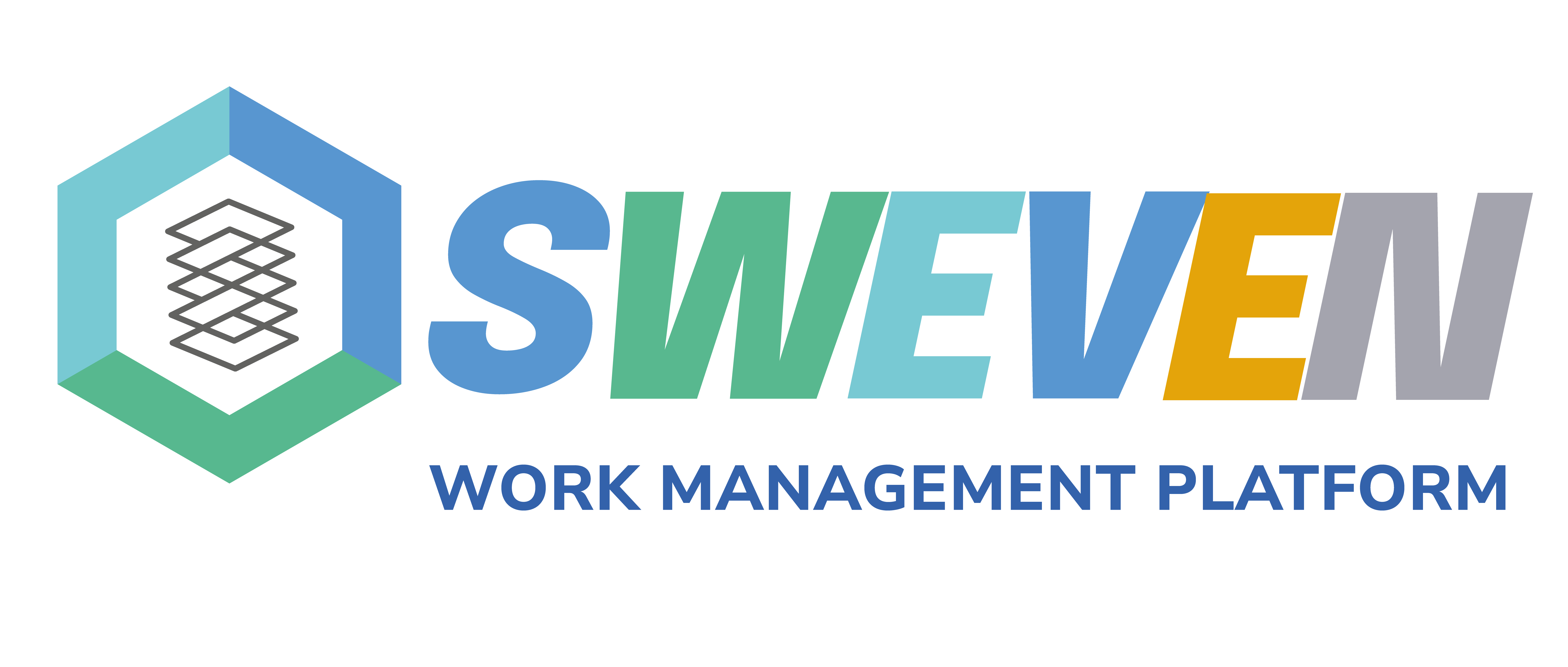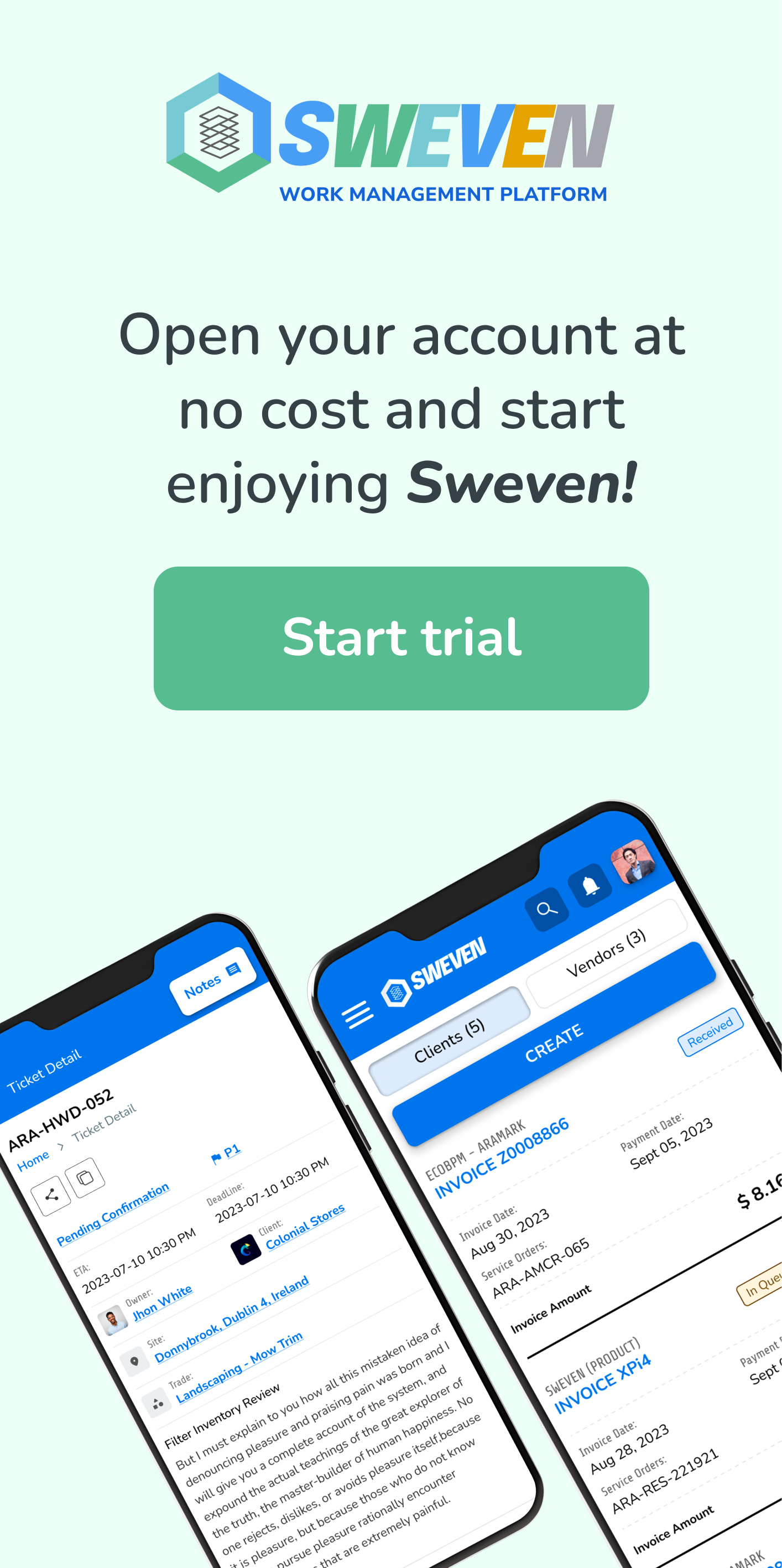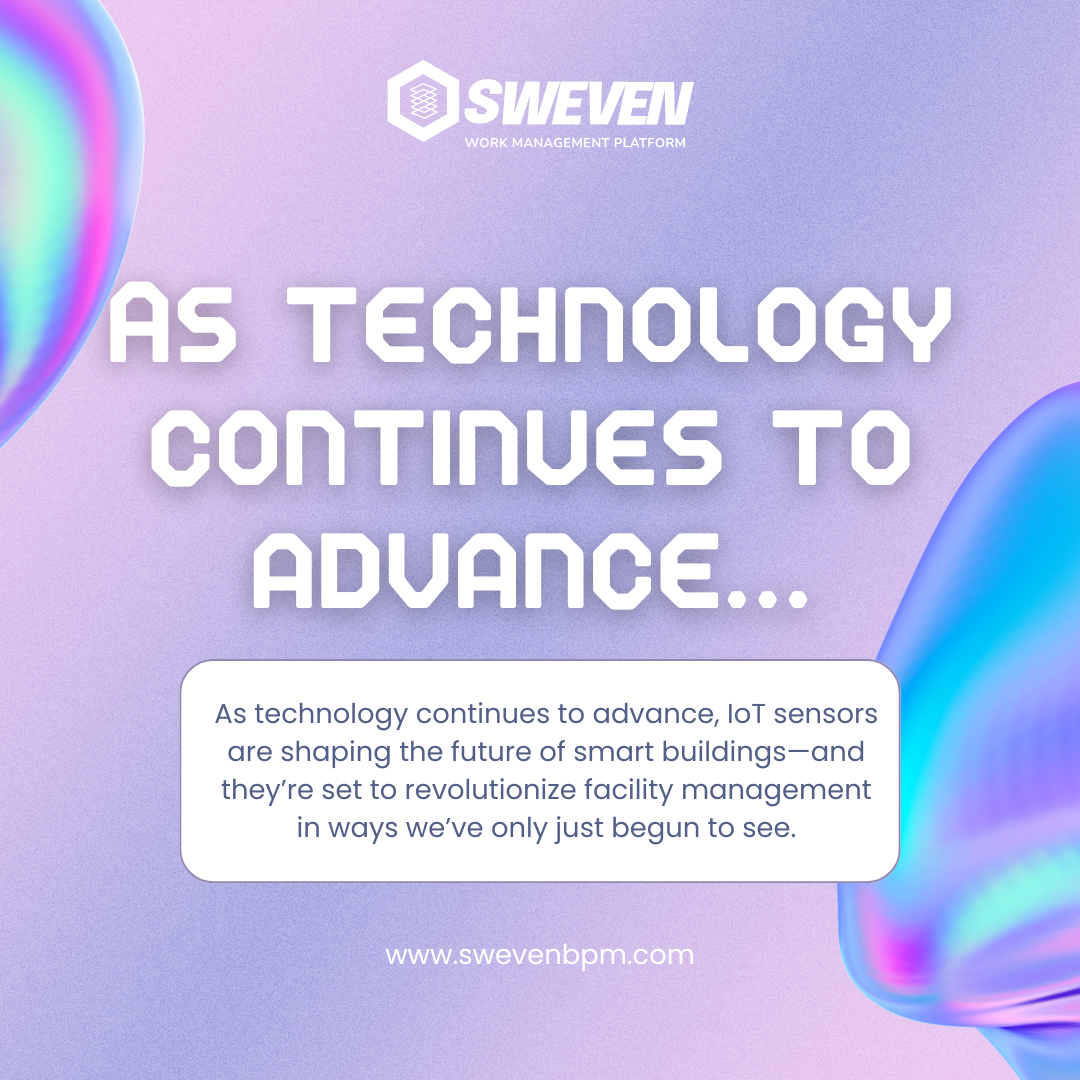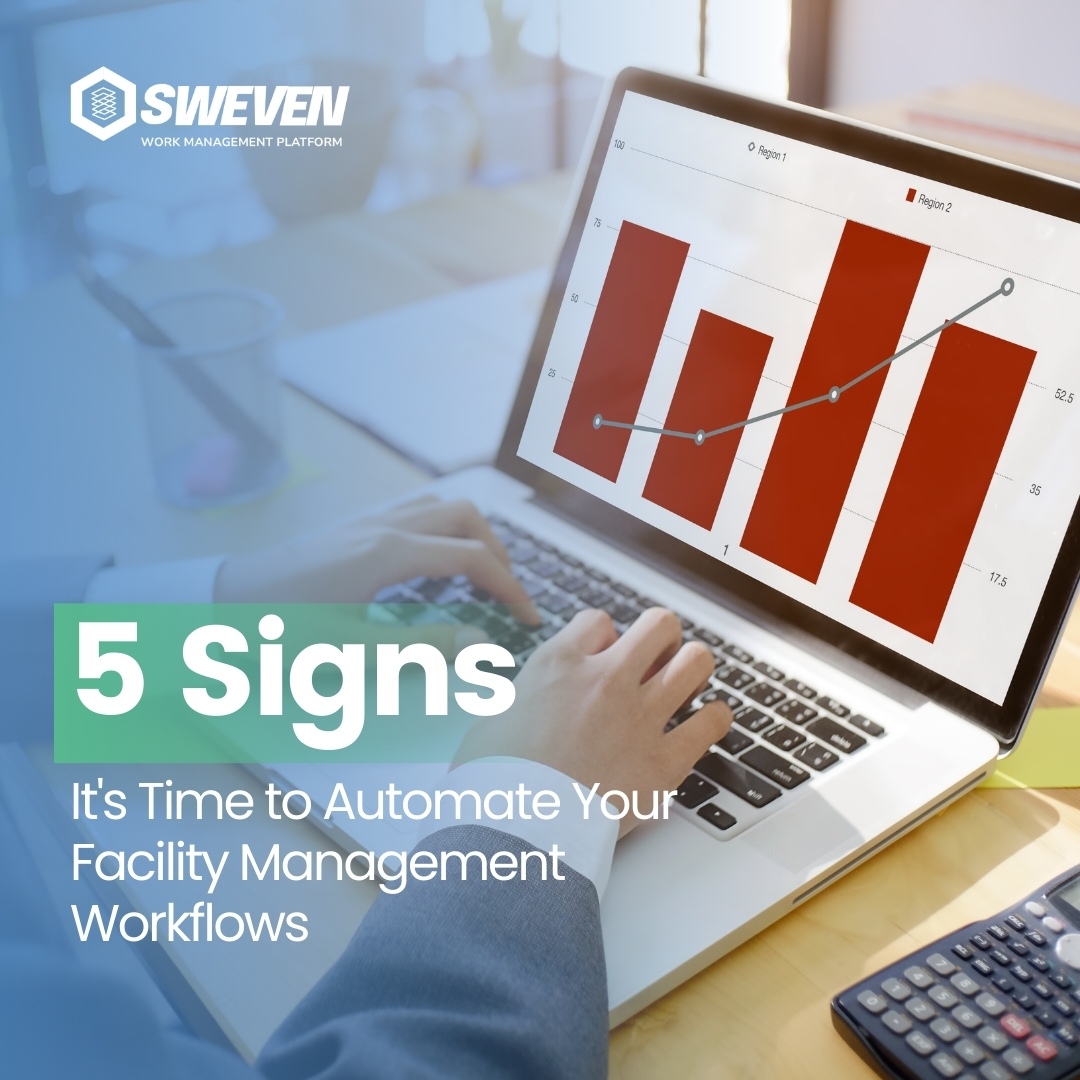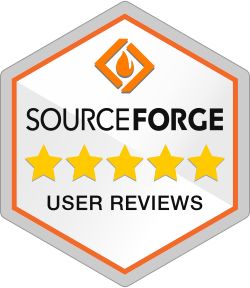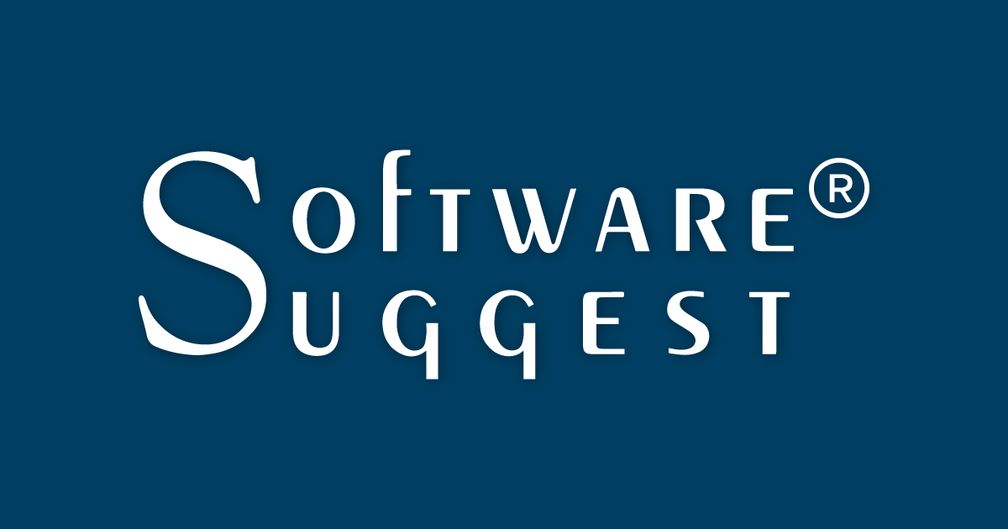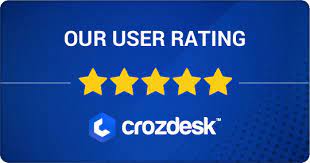
Effective asset management is critical for any organization that relies on a large number of physical assets. Whether it’s machinery, equipment, or technology, the ability to track and maintain these assets is essential for operational efficiency and cost control. However, many organizations struggle with the complexity of managing numerous assets across multiple facilities. The good news is that utilizing asset management software can provide a comprehensive solution for real-time tracking, maintenance scheduling, and lifecycle management, ensuring optimal asset performance and longevity.
Understanding the Pain Point: Difficulty in Tracking and Maintaining a Large Number of Assets
Organizations often face several challenges in asset management, including:
- Visibility: Difficulty in maintaining an up-to-date inventory of assets spread across different locations.
- Maintenance: Challenges in scheduling and tracking regular maintenance to prevent unexpected breakdowns.
- Lifecycle Management: Inadequate processes for managing the lifecycle of assets, leading to premature failures or underutilization.
- Compliance: Ensuring that all assets meet regulatory standards and safety requirements.
Without an effective system in place, these challenges can lead to increased operational costs, downtime, and inefficiencies.

Solution: Utilizing Asset Management Software
Asset management software offers a comprehensive solution to these challenges by providing tools for real-time tracking, maintenance scheduling, and lifecycle management. Here’s how it works:
Real-Time Tracking
One of the core features of asset management software is real-time tracking. This allows organizations to have a clear and up-to-date view of all their assets, regardless of location.
- Asset Tagging: Using barcodes, QR codes, or RFID tags to uniquely identify each asset. These tags can be scanned to update the asset’s status and location in the system.
- GPS Integration: For mobile assets, GPS tracking can provide real-time location data, ensuring assets are where they should be and reducing the risk of loss or theft.
- Centralized Database: All asset data is stored in a centralized database, accessible to authorized personnel from anywhere, providing a single source of truth.
Maintenance Scheduling
Regular maintenance is essential for ensuring the longevity and performance of assets. Asset management software simplifies the process by automating maintenance scheduling and tracking.
- Automated Alerts: Set up automated alerts and reminders for scheduled maintenance tasks based on usage, time, or condition.
- Work Orders: Generate and manage work orders for maintenance tasks, ensuring that nothing is overlooked and that all tasks are completed on time.
- Historical Data: Keep a detailed history of all maintenance activities, which helps in identifying patterns, predicting future maintenance needs, and improving planning.
Lifecycle Management
Effective lifecycle management ensures that assets are utilized to their fullest potential and replaced at the right time.
- Lifecycle Tracking: Monitor the entire lifecycle of each asset, from acquisition to disposal. This includes tracking depreciation, performance, and maintenance costs.
- Utilization Analysis: Analyze asset utilization to identify underperforming or underutilized assets. This data can inform decisions on whether to redeploy, upgrade, or dispose of assets.
- End-of-Life Management: Plan for the replacement of assets before they fail, reducing the risk of unexpected downtime and ensuring that new assets are integrated seamlessly.
Benefits of Asset Management Software
Implementing asset management software offers numerous benefits:
- Improved Efficiency: Streamlined processes for tracking and maintaining assets reduce administrative burdens and improve operational efficiency.
- Cost Savings: Preventative maintenance reduces repair costs and extends asset lifespans, while better utilization analysis prevents unnecessary purchases.
- Enhanced Compliance: Ensure that all assets meet regulatory and safety standards, reducing the risk of fines and improving overall safety.
Data-Driven Decisions: Access to detailed asset data enables informed decision-making, supporting strategic planning and resource allocation.

Conclusion
The challenges of tracking and maintaining a large number of assets across facilities can be daunting, but they are not insurmountable. By utilizing asset management software, organizations can gain real-time visibility into their assets, automate maintenance scheduling, and effectively manage the entire lifecycle of their assets. These capabilities not only improve operational efficiency and reduce costs but also enhance asset performance and longevity.
In today’s fast-paced and technology-driven world, leveraging advanced asset management solutions is no longer a luxury but a necessity. Organizations that embrace these tools will be better positioned to optimize their asset utilization, ensure compliance, and achieve long-term success.
